If you are in the middle of cooking an Italian dish and realize you are out of Italian seasoning, there is no need to fear. This is one of the easiest spice blends to substitute! Here are 8 great substitutions to help you out of a pickle.
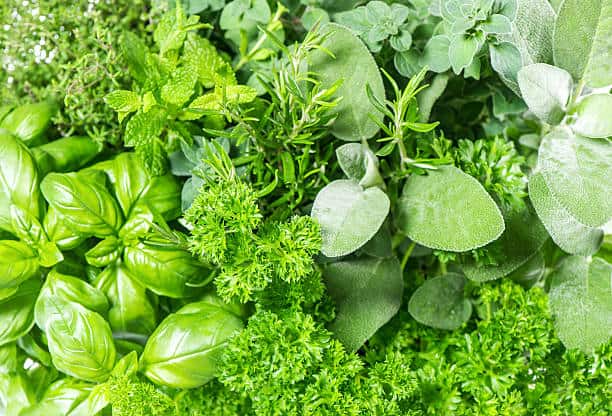
Italian cuisine is known for fresh ingredients that carry an explosion of flavor, and while you may associate the taste of oregano, basil and thyme with your favorite Italian dish, the pre-packaged Italian seasoning blends you find at the grocery store are not really Italian.
The mixture of Italian herbs likely originated in the Mediterranean – where those herbs are also very popular – and made its way to the United States along with all the beautiful flavors of the region. The combination of all these herbs into one jar was, of course, due to convenience. It has since become a pantry staple in most homes.
There is no set recipe for Italian seasoning, and if you search the different brands available in your local grocery store you will likely find a few variations. The base is oregano, basil, thyme, rosemary and marjoram, but some mixtures include fennel seeds, garlic powder, onion powder, black pepper, and parsley.
This wide variety of spices is actually good news if you are looking for a last minute substitution. It means you have plenty of spices to choose from to make your recipe taste amazing.
If you have ever been in the middle of a recipe that calls for Italian seasoning and find yourself without, you can easily mix up one of these options for the best Italian seasoning substitutes!
What is in an Italian Spice Blend?
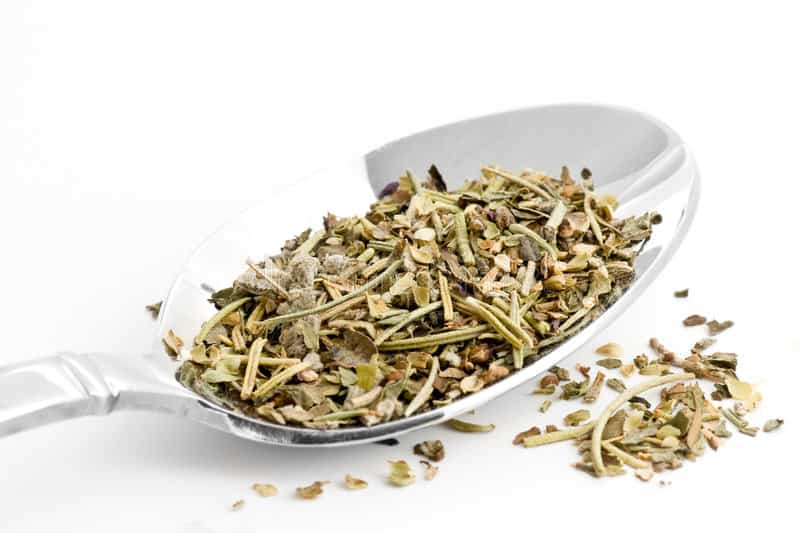
Italian seasoning is made with a mixture of basic herbs including oregano, basil, thyme, rosemary, sage and marjoram. Some packaged blends also include parsley, garlic, salt and other fillers.
Each of these herbs compliments each other with a mixture of earthy and green flavors. On their own some of these herbs can come off a little strong, so it’s convenient to have them balanced out.
What is it Used For?
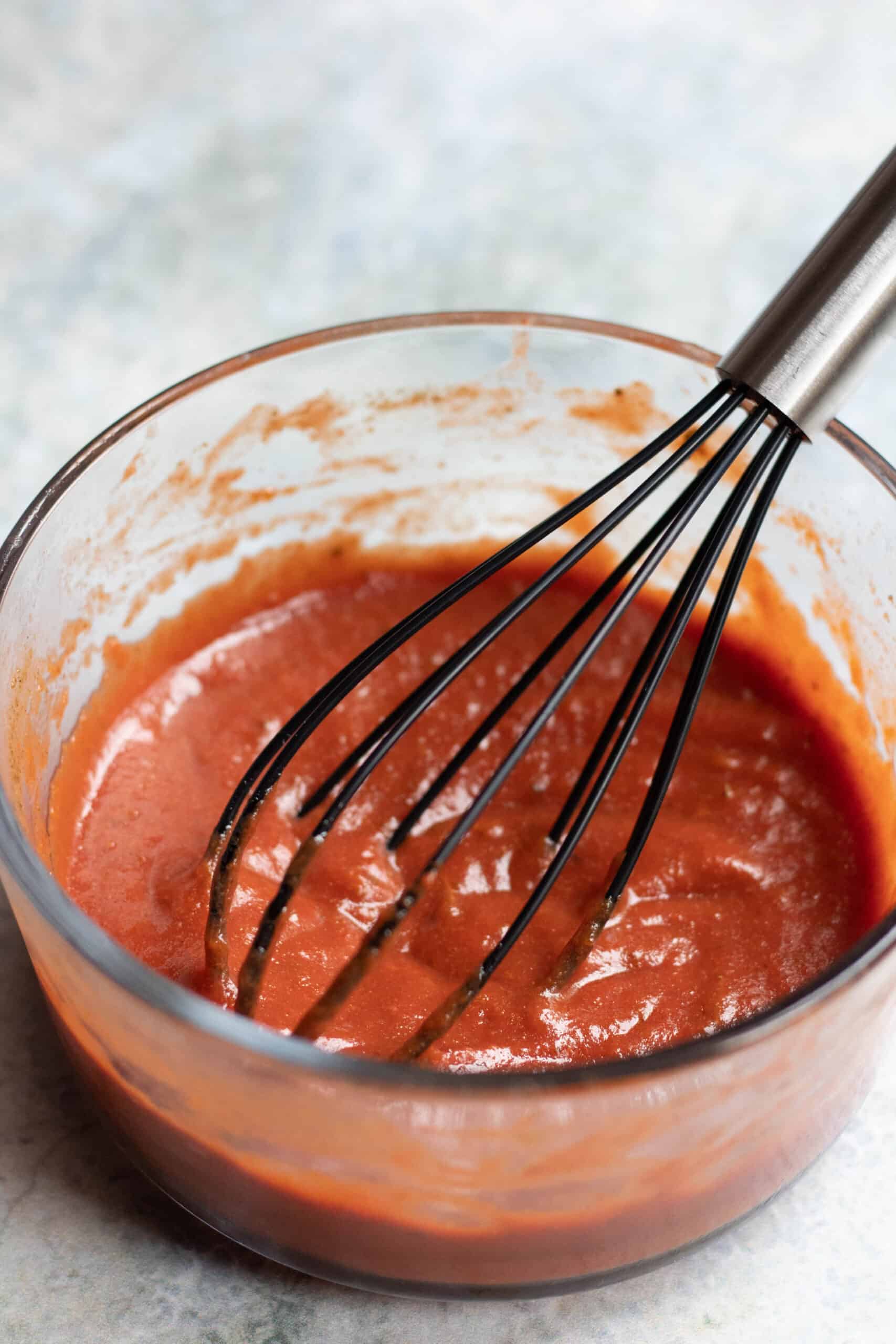
Italian seasoning is used in so many dishes that it is impossible to name them all. To start, it is an excellent addition to marinara sauce or any pasta sauce.
Italian seasoning is also a popular addition to many salad dressings and marinades for just about any type of meat. It’s also a great option for adding a little flavor on the top of garlic bread or pizza.
Italian seasoning doesn’t have to be used just for classic Italian dishes. It’s also great for many Greek recipes like Greek salad or gyros and adds excellent garden fresh flavor to soup.
Here are a few of my favorite substitutions for Italian Seasoning:
- Make Your Own Italian Herb Blend
It’s so easy to mix up your own Italian seasoning using the dry seasonings in your pantry. Making your own is great because it allows you to fully customize the amount of each herb. Think oregano is too bitter? Use a little less. Love the flavor of basil? Maybe add a little more. Want some kick? Add a little cayenne pepper or red pepper flakes.
Many store-bought blends also add things like salt and pepper, and if you are watching what you eat carefully or have an allergy to a certain herb, you may not want any of those fillers.
You may find when you mix your dried herbs that some are different sizes. You can blend them all together in a blender or food processor to even out the size of the herbs. Store your own version in an airtight container or empty spice jar for up to six months.
You can use your own blend as a direct replacement for Italian seasoning. One teaspoon of your mixture is equal to a teaspoon of Italian seasoning.
- Oregano and Basil
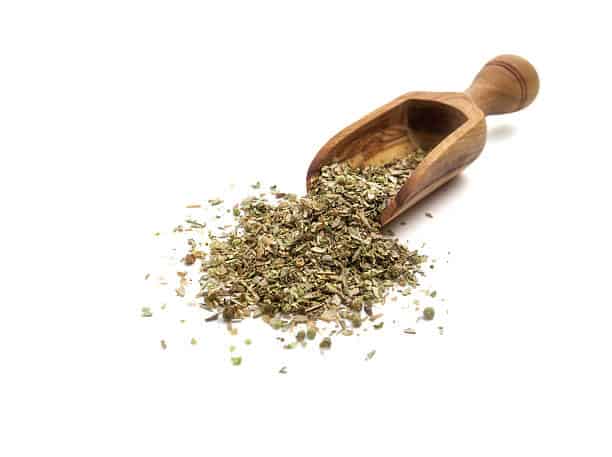
Two of the main herbs and most noticeable flavors in Italian seasoning are oregano and basil, so if your spice cabinet is looking empty, make sure you at least have these two on hand.
Oregano tends to overpower a dish, so it may be a good idea to use less oregano than basil. A 2:1 ratio is a good idea. Blend them together and use the mixture just like you would Italian seasoning.
Keep in mind that 1 tablespoon is approximately three teaspoons. You can add a teaspoon of oregano and two teaspoons of dried basil per tablespoon of Italian seasoning.
- Any Single Herb
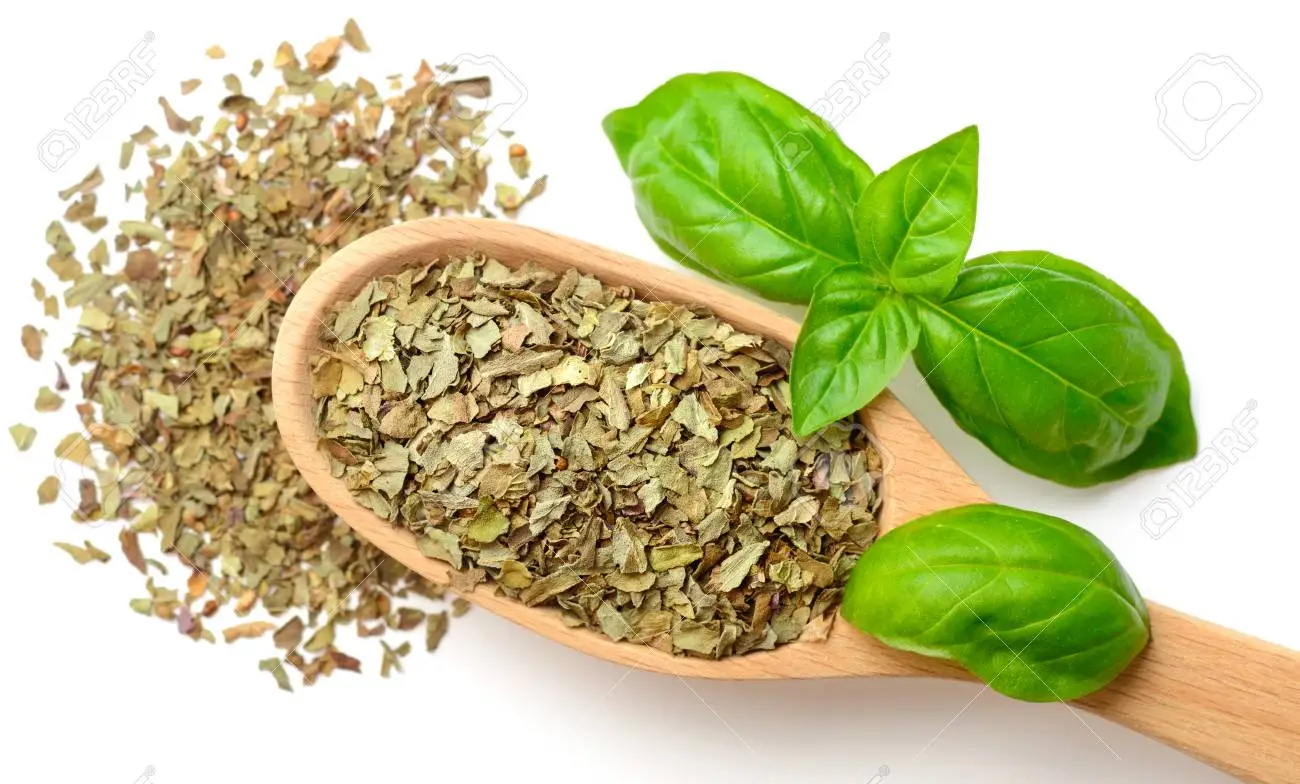
While each of the herbs used in Italian seasoning brings something unique to the table, you can use them each individually when you are in a pinch.
If you are using just one spice instead of several mixed together, you may want to start off small and add more to taste so the flavor of the one herb is not overwhelming.
I recommend using just a quarter of what your recipe calls for in the beginning and adding more if you like the flavor.
- Herbes de Provence

Herbes de Provence is a spice mixture from France that is very similar to Italian seasoning but with the addition of lavender. This simple addition of lavender flowers can drastically change the taste of your recipe and add a sweet flavor, so use this substitution with caution.
Again, I recommend using a small amount to test the floral flavor and adding more if you feel like it needs it.
- Fresh Herbs
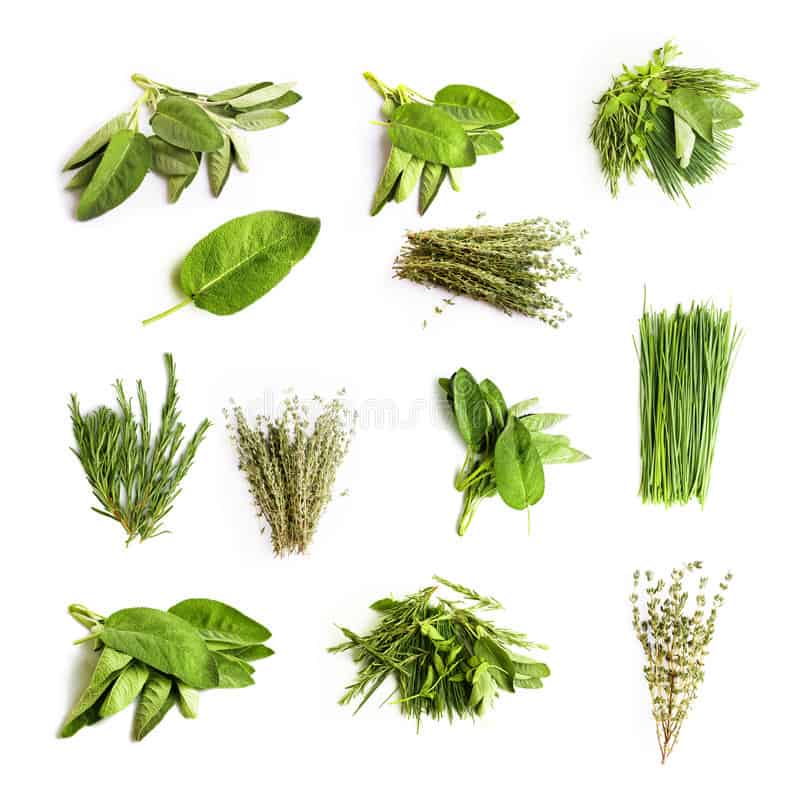
Fresh herbs add amazing color and flavor to a dish and make a great substitution for the dried Italian herb blend. If you have access to fresh herbs, feel free to use them.
It’s important to note that fresh herbs will not be as potent as dried herbs, so you may need to use a lot more than you expect–up to three times more than what your recipe calls for. The drying process allows for a more concentrated flavor which is why dried herbs may be preferable for some Italian recipes.
Fresh herbs are also best to add near the end of the cooking process as they lose flavor the longer they are cooked. You may notice fresh basil and fresh oregano loses color as it cooks, so to maximize those great Italian flavors, add even more fresh herbs on top.
- Pizza seasoning

Pizza seasoning contains all of the same herbs as Italian seasoning but it also may contain tomatoes, onion and garlic. Whether or not it can be used as a direct substitute depends on the recipe you are using.
- Greek Seasoning
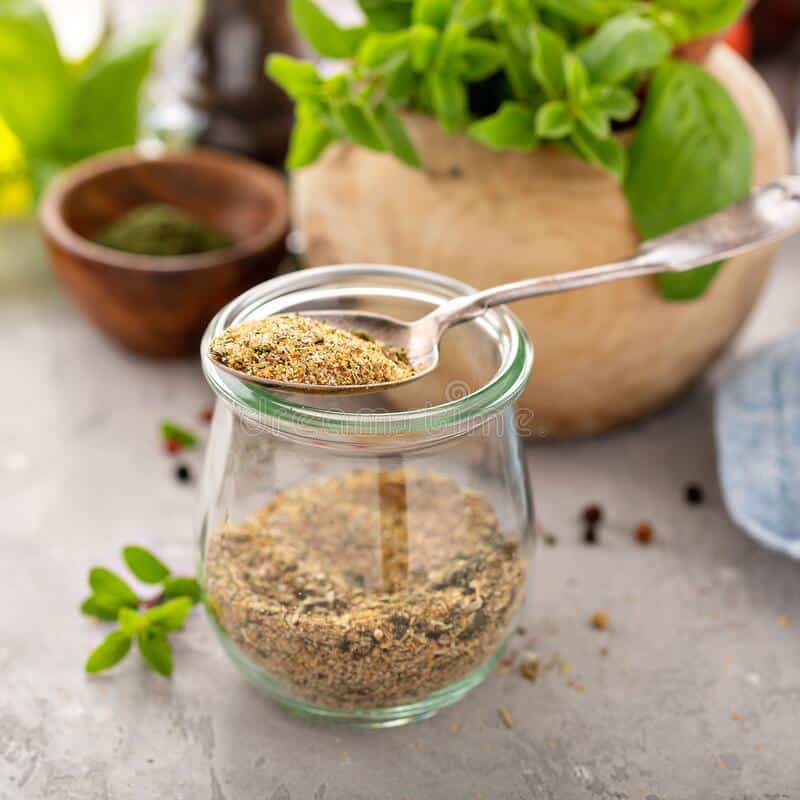
Greek seasoning is very similar to Italian seasoning but may have hints of lime or lemon thrown in, giving that signature Greek flavor. It’s a decent substitute for most recipes.
- Za’atar Seasoning
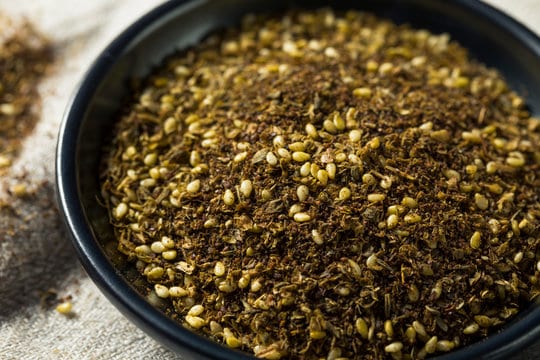
Za’atar seasoning is a Middle Eastern blend of herbs that has many shared flavors with Italian seasoning. The key difference is za’atar contains sesame seeds which adds a nutty flavor that may not work well in many classic Italian dishes.
Za’atar does work well in salad dressings and as a topper for garlic bread. It’s worth a try if your goal is to add some flavor.
Substitutions to Steer Clear Of
I’ve seen some chefs and bloggers recommend creole seasoning as a substitute for Italian seasoning. While many creole seasoning recipes do contain oregano and parsley, it is designed usually to add some spice to your dishes with white pepper and red chili flakes. It is not a good substitute for the fresh, earthy flavor of Italian herbs.
Some people have also suggested seafood seasoning. These mixtures do not have the same earthy flavors of Italian herb seasoning and will not work as a good substitute. It’s better to just use one herb rather than introducing a mixture of flavors that will not flow with your recipe.




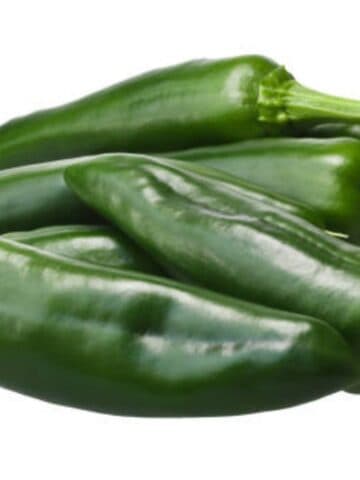
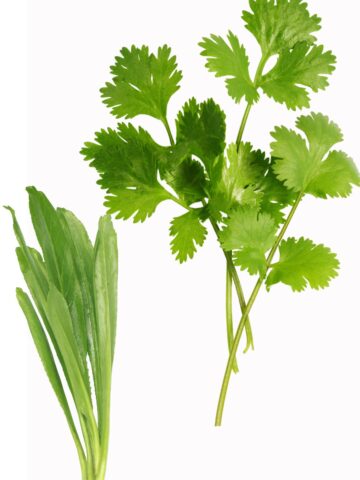
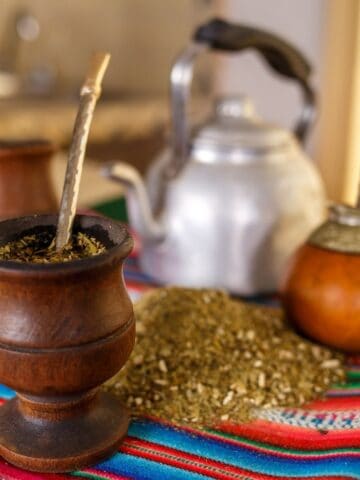
Leave a Reply